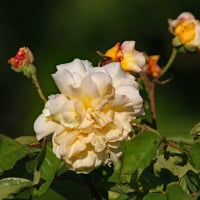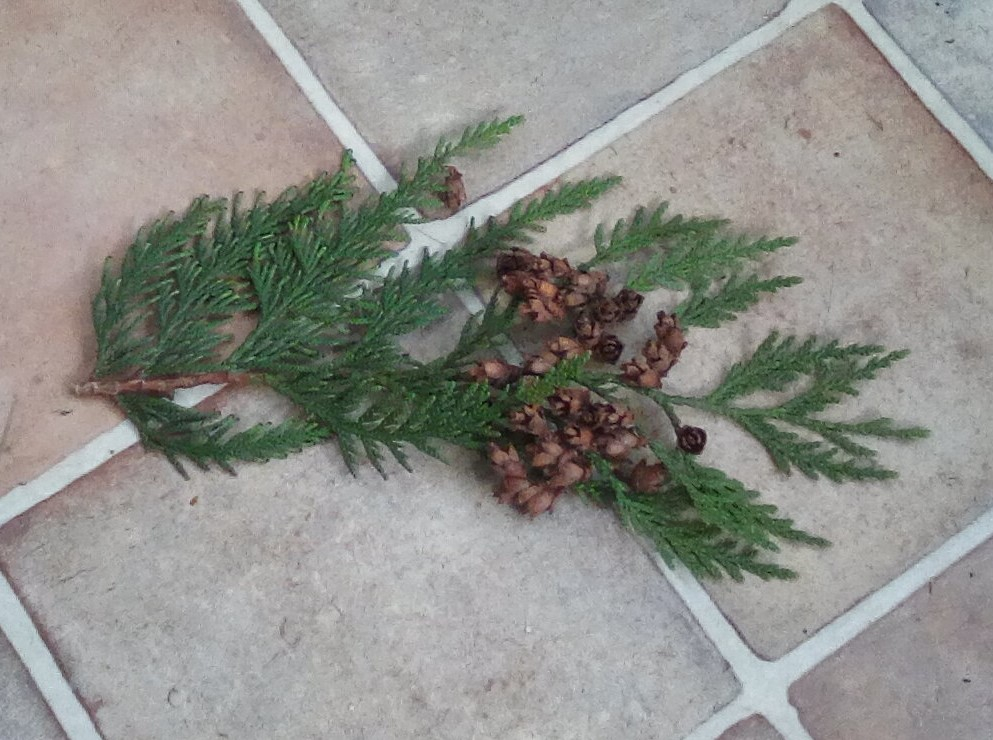This Forum will close on Wednesday 27 March, 2024. Please refer to the announcement on the Discussions page for further detail.
What seed
 Collareddove
Posts: 173
Collareddove
Posts: 173
in Plants
I do not exaggerate when I say I have a million seeds scattered all over my garden. if they all germinate ..... In the recent high winds I am able to confirm they have come from some tall evergreen conifers just beyond my boundary. Here is a photo. I really hope they are not the dreaded Leylandii.

0
Posts
I get the odd one from my conifer germinating in the gravel, but they're easy to pull out. I expect if you actually want any, you could just wait and see what happens, and act accordingly.
I think loyds is a spammer
I live in west central Scotland - not where that photo is...
''Leylandii are grown from cuttings, not from seed, so you will not find any seed available. Until recently, it was thought that Leylandii didn't produce viable seed, however, in 2011, James Armitage sowed seed he collected from females cones on a mature Leyland Cypress in Wisley Garden.''
I play with plants and soil and sometimes it's successful